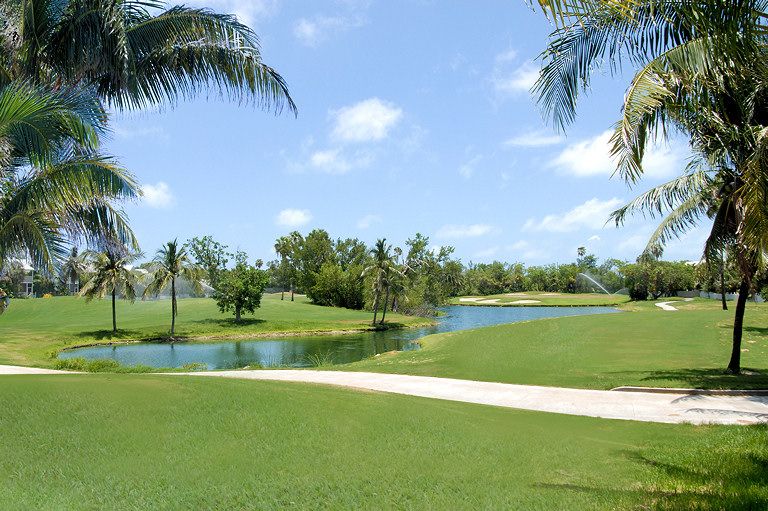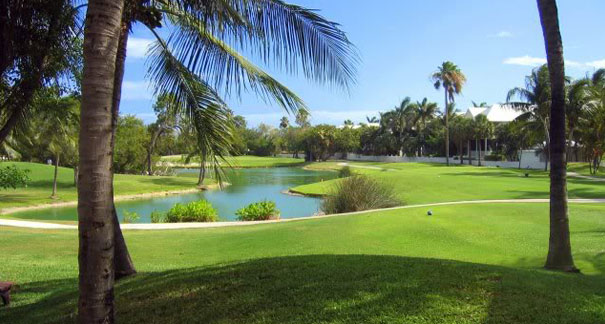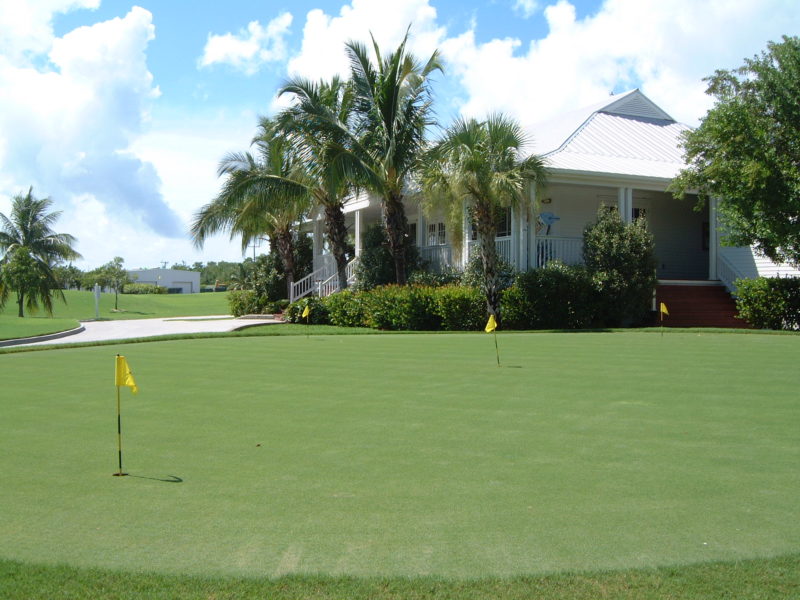KEY WEST, Florida (July 23, 2021) – With June marking the beginning of the 2021 hurricane season, golf course superintendents in Florida are well aware of the negative implications – specifically wind and water damage – associated with hurricanes, tropical waves, tropical depressions, and tropical storms.
That is especially the case for Troy Stewart, the superintendent at the Key West Golf Club.
“My employment with the Key West Golf Club was made possible because of the devastation both Hurricanes Irma and Maria brought to the U.S. Virgin Islands in 2017,” admits Stewart.
There are few, if any, golf clubs in the U.S. which have survived more wind and water onslaughts and attacks than the Key West Golf Club.
“For me, having spent the past 13 years as a superintendent in the Caribbean in places like Belize and St. Thomas (Virgin Islands) and having grown up in South Florida, you quickly realize how unforgiving and life-changing these hurricanes can be,” says Stewart.

“So, with that being said, hurricane preparation has always started for me well before June 1 and that is no different here at the Key West Golf Course.”
In Key West, it’s not a matter of if there will be another tropical weather system or hurricane. Instead, it’s a question of when they will arrive.
Fortunately, the Key West Golf Club can be compared to Eveready batteries as ‘It takes a lickin’, but it keeps on tickin,’ – with each and every tropical storm and hurricane that hits the Florida Keys, specifically Key West.
There are a few issues which Stewart addresses as the hurricane season approaches such as renting a boom lift to trim all coconut palms and limbs near important infrastructure, request fuel tanks be filled if an approaching storm has the potential to pass nearby, and buy necessities such as new chains for the chain saws, extra bars for the saws, spark plugs, round files, gloves, and machetes.

When a big storm rolls through Key West, there’s little that can be done at the Key West Golf Club – one of 53 courses which comprise the Florida Historic Golf Trail – other than hunker down and hope for the best. People can evacuate, but golf courses cannot budge.
One of the more powerful storms to negatively impact the Key West Golf Club was Hurricane Wilma. Back on October 24, 2005, Wilma generated an eight-foot storm surge that flooded the Key West Golf Club, the southernmost golf course not only in Florida but in the continental U.S. When Wilma hit the Key West GC, four feet of salt water inundated the irrigation ponds with ocean water, which left no source for fresh water. However, the golf course remained open and some golfers even came out to play the day after the storm.
Other significant hurricanes to hit Key West and the Key West GC include Hurricane Georges in September 1998, Hurricane Irma in September 2017, and countless tropical storms in recent decades.
In many respects, building the Key West Golf Club was as difficult as it has been maintaining it.
It all started in the early 1920s when the decision was made to build this municipal golf course. In 1923, the City of Key West hired golf course architects William Langford and Theodore Moreau to design an 18-hole layout.
Because of this golf club’s coral rock foundation, dynamite was used to create a pathway for fairways. Then, soil for this golf course was imported on barges. The construction of this golf course was not easy, but it was worth it, according to Langford.
“The site for the golf course presented unusual difficulties such as would be found nowhere else in America, nevertheless the course is coming along fine and shows great improvement,” said Langford, back in the early 1920s.
As the course was being built and holes were being completed, local golfers were allowed to play for free. The first nine holes were officially opened on September 3, 1924, but the original 18-hole layout was never completed due to financial limitations.
The final nine holes were not added until the 1960s. In 1983, golf course architect Rees Jones and co-designer Keith Evans completely redesigned this 18-hole layout.
In the summer of 2006 and 2007, the club rebuilt all 18 greens.
Today, the par-70 Key West Golf Club features four sets of tees that play from 5,000 to 6,500 yards. Located at the entrance to the island of Key West, this 200-acre club showcases stately palms, dense mangrove-lined fairways, serene lakes, and undulating multi-tiered greens.
The most memorable hole at the Key West GC is the par-3 8th hole. It’s called the “Mangrove Hole.” It plays from 129 to 185 yards. Here, the tee shot must travel over a field of thickly intertwined tropical mangroves. You have to see it to believe it. Pars are precious at the “Mangrove Hole.”
On your next visit to Key West, play golf at the Key West GC, which remains one of stalwart survivors of the many hurricanes and tropical storms that have hit the southernmost golf course in the U.S.


